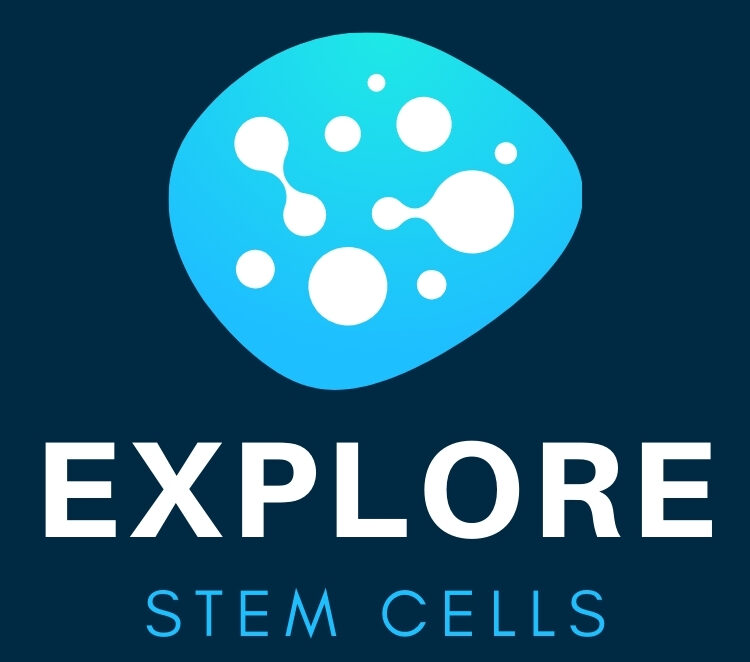There are vast amounts of information about stem cells and weeding through it all can be daunting for many of us. This fact sheet provides a clear overview of some stem cell basics and will allow you to move on towards further reading in areas that spark your interest.
Unique Properties of Stem Cells
Stem cells have several unique properties that separate them from other cells:
- They are unspecialised cells.
- They can proliferate or self-renew, which means they are capable of replenishing themselves for long periods of time by dividing.
- They can differentiate into specialised cells such as a nerve or heart cell.
Potency of Stem Cells
A stem cell’s potency is a term used to denote its ability to give rise to other cells in the body. Stem cells can be separated into several potency categories:
- Totipotent stem cells: they can differentiate into any type of cell in the human body, including the placenta.
- Pluripotent stem cells: they descend from totipotent stem cells and after several days, can differentiate into any type of cell except for totipotent stem cells.
- Multipotent stem cells: these descend from pluripotent stem cells and can differentiate into many cell lines within a specific type of tissue.
- Unipotent stem cells: this type of stem cells is a descendant of a multipotent stem cell and can give rise to a single cell type.
Sources of Stem Cells
Stem cells may be derived from several sources and research is currently ongoing for therapeutic use of stem cells from all sources. The isolation and extraction of stem cells allows them to be categorised as:
- Embryonic stem cells: they are extracted from embryos and are thought to hold the most potential, because these cells can give rise to virtually any specialised cell in the human body.
- Adult stem cells: these are present in adult tissues such as the bone marrow, brain and blood but are limited in potential relative to embryonic stem cells.
- Cord blood stem cells: this source of stem cells is derived from cord blood and is thought to hold enormous potential in treating disease.
Benefits of Stem Cells
Stem cells are currently used to treat cancers such as leukaemia. You may be familiar with the concept of bone marrow transplants, which have been used for decades now to provide a healthy source of cells in the body. Other diseases that stem cells may help include:
- Parkinson’s disease
- Stroke
- Spinal cord injuries
- Retinal diseases
- Alzheimer’s disease
- Type I diabetes
Why the Ethical Debate?
In a nutshell, the derivation of stem cells from an embryo is what has prompted such massive debate amongst the public, politicians, scientists and religious groups. Because an embryo is destroyed after stem cells are extracted, opponents argue that this is the equivalent of killing a potential life. Fortunately, newer techniques are currently being investigated which will allow for embryonic stem cell extraction without either destroying an embryo or creating one with the potential for life. Supporters also argue that the potential benefits of stem cells outweigh the ethical concerns.
It’s important to have a basic understanding of stem cells because they are currently used to treat diseases such as cancer that may one day affect you or a loved one. The public also holds some responsibility to challenge researchers when we see research areas that potentially pose ethical problems. It is the public who can help to ensure that stem cell research is transparent and morally performed. This will allow for everyone to reap the full and extensive benefits of stem cell research.
